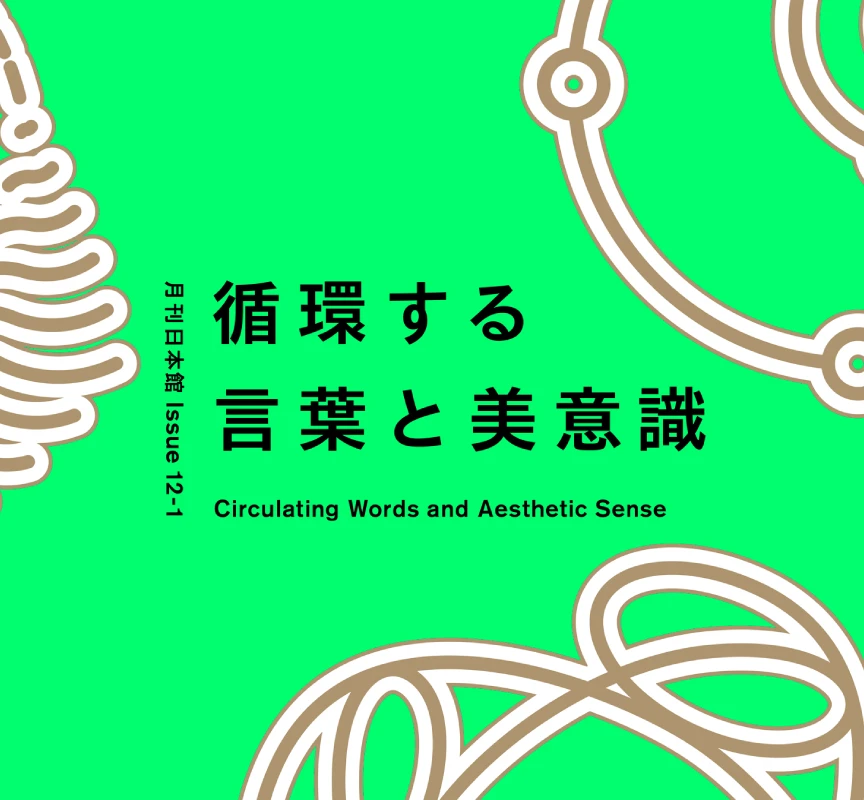Feature
Reflecting on Japanese Aesthetics Through the Lens of “JUNKAN”
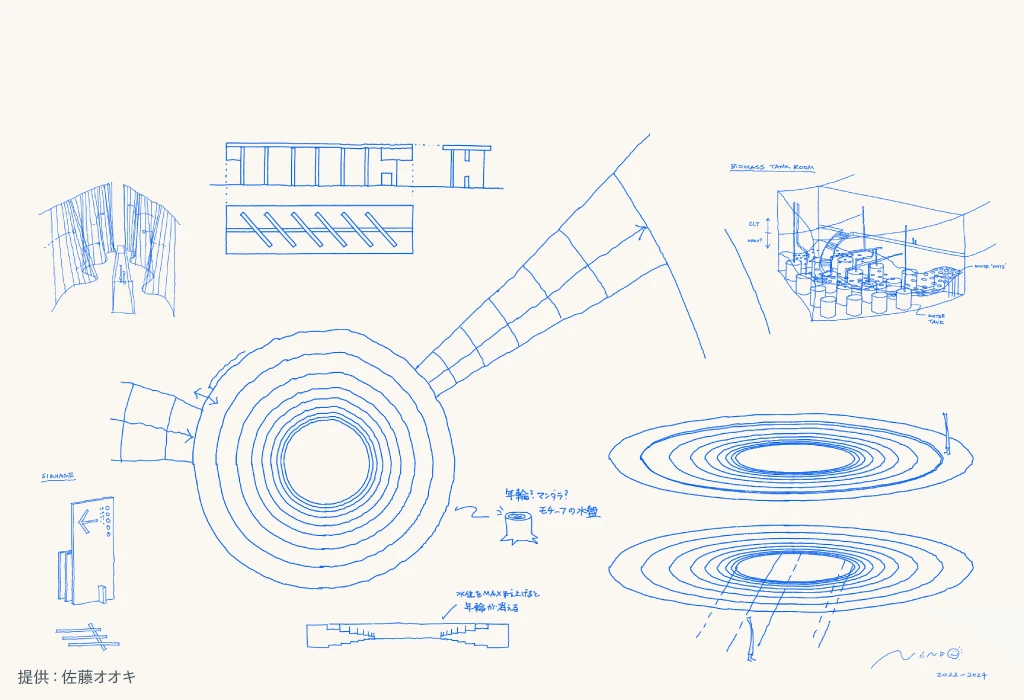
Index
Theme and Exhibits: Interconnected and Circulating
What Defines Japanese Aesthetics?
A Space Designed to Be Felt, Not Just Understood
The Osaka-Kansai Expo, set to begin in April 2025, will feature the Japan Pavilion, designed around the central theme of “JUNKAN”, a harmonious loop of change and return. This concept is embodied in both its architecture and exhibits. The pavilion’s circular structure — with no clear beginning or end — features three entrances. Its striking exterior is constructed from wood designed for reuse, reinforcing the theme of sustainability. Inside, the exhibits range from food waste treatment systems and algae to Martian rocks — seemingly unrelated elements that are, in fact, all interconnected. As Oki Sato, the Japan Pavilion’s chief producer and designer, explains, this interconnectedness lies at the heart of the pavilion’s concept. In previous issues, we have explored “JUNKAN” from various perspectives. In this article, we examine the concept through the lens of Japanese aesthetics. From the architectural design to the exhibits themselves, we delve into the ideas and innovations that reflect this distinctly Japanese sensibility — as shared by Oki Sato.
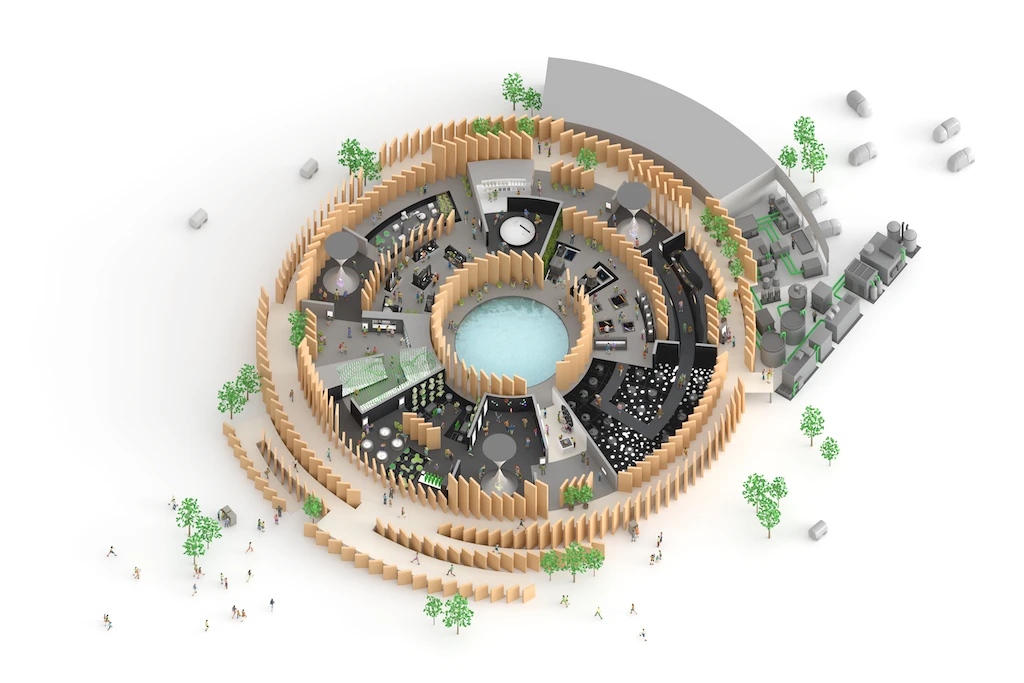
Architectural design, architectural planning, and exhibition interior design (basic and detailed design): Nikken Sekkei
Exhibition design (basic and detailed design), construction: Japan Pavilion Exhibition Consortium Joint Venture (Tanseisha / Nomura Co., Ltd.)
Theme and Exhibits: Interconnected and Circulating
The theme of the Japan Pavilion, “Between Lives”, was born from the concept of “JUNKAN.” This theme embraces a wide range of elements, including philosophy, science, history, and environmental issues. How was this theme chosen, and how did it shape the content of the exhibits within the pavilion? To understand this, we first explore the underlying concept of “JUNKAN.”
How was the keyword “JUNKAN” chosen?
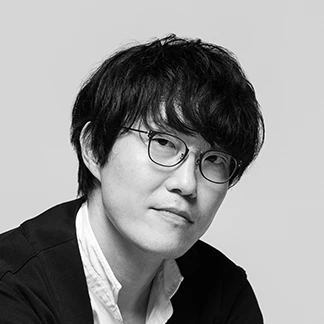
Sato
The role of the Japan Pavilion varies significantly depending on whether the Expo is held overseas or in Japan. For an Expo held abroad, the Japan Pavilion is expected to encapsulate “contemporary Japan,” offering visitors an experience that feels as if they’ve traveled to Japan.
However, in the case of the Osaka-Kansai Expo, people can experience “contemporary Japan” firsthand through various encounters within the country. This led me to believe that the role of the Japan Pavilion should go beyond showcasing specific objects or events — it should delve into deeper ideas and ways of thinking.
As we explored what concept should be at the core, we realized that Japan’s unique relationship with nature stood out as a defining characteristic. The idea of “JUNKAN” — born from this connection with the natural environment — emerged as a key theme.
“JUNKAN” not only reflects Japanese thought and history but also ties into new technologies that are shaping society. We believe this concept could offer valuable insights for navigating the future.
So, that idea ultimately led to the Japan Pavilion’s theme, “Between Lives”, didn’t it?

Sato
The concept of “JUNKAN” is broad and can be challenging for people to relate to on a personal level. That’s why we felt it was important to focus on smaller, more familiar elements. The theme, “Between Lives,” reflects this idea — not just highlighting life itself, but also carefully illustrating the subtle connections that exist between lives. This approach led to exhibit designs that visualize invisible, delicate forms of life and express the fleeting yet beautiful nature of life’s constant transformation.
How did you approach the design of the exhibits to express the concept of “circulation”?

Sato
When we started the project in 2021, our first step was to identify the elements that would circulate throughout the Japan Pavilion — things like waste, water, various forms of energy, algae, materials, and products. Each of these elements has its own life cycle: they are created, fulfill their purpose, and eventually fade away. Our living environment is filled with countless small cycles like these. To better visualize these connections, our team created a conceptual diagram that we referred to as a “mandala.” As we mapped out these smaller cycles, we realized that their intricate interconnections ultimately form a much larger cycle as a whole. This realization became our starting point. From there, we developed the content, followed by the exhibition spaces, and finally the architectural design itself. I believe this unique process — starting with the concept of circulation and allowing it to shape every layer of the project — was crucial in bringing the vision of the Japan Pavilion to life.
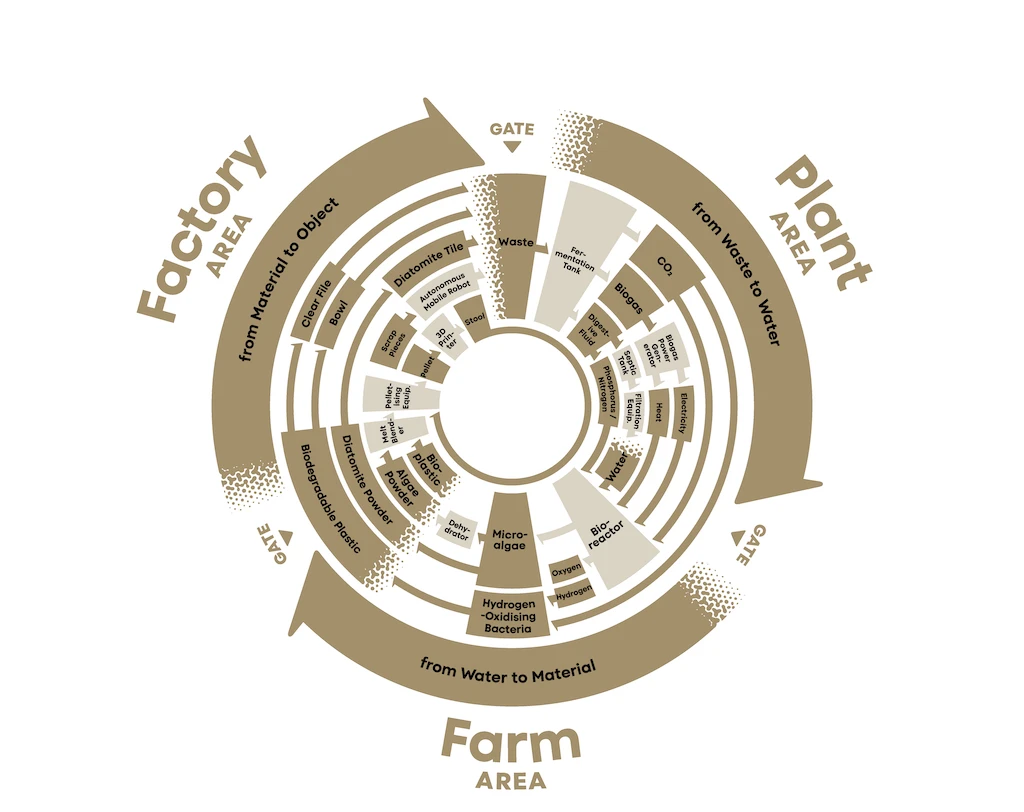
So, visitors can experience the interconnectedness of these elements within the cycle at the Japan Pavilion?

Sato
We carefully designed the exhibits to ensure they wouldn’t feel like isolated events, but rather convey a sense of invisible interconnectedness. For example, algae appear in various forms — as part of furniture, food, or even incorporated into artworks using diatomaceous earth. Additionally, recurring design motifs are woven throughout the space. By scattering these small “connections” across the exhibits, we aimed to help visitors sense the presence of a greater, overarching cycle that ties everything together.
The phrases “The Pavilion That Eats Waste” and “The Living Pavilion” have also been mentioned. What ideas and intentions lie behind these concepts?

Sato
In everyday life, waste is often seen as something dirty, smelly, and undesirable. But is that really all there is to it? By shifting our perspective, we may find that even discarded materials have their own vitality — and by recognizing this, we can connect them to a larger cycle of renewal. Our aim is to challenge conventional thinking by allowing visitors to witness waste being transformed into something new and meaningful. To achieve this, we deliberately designed the Japan Pavilion to function as a food waste treatment facility.
The pavilion is integrated with a biogas plant — a system that breaks down food waste to generate electricity and water. The plan is to collect approximately one ton of food waste generated daily at the Expo site using EV trucks and process it within the pavilion itself. A food waste facility is typically seen as the “final resting place” for discarded materials. By combining this with regeneration technology, creative design, and engaging content, we wanted to create an immersive experience — not just a showcase of exhibits, but something visitors can see in action. Our goal was to create a truly “living” Japan Pavilion — a space that embodies circulation and renewal in a tangible, impactful way.
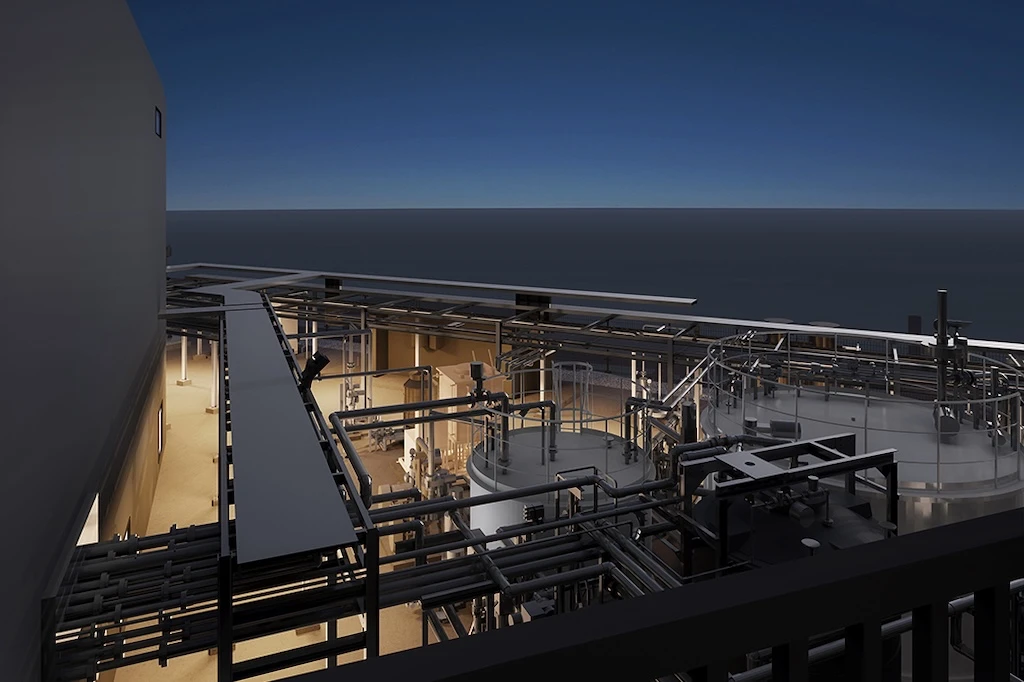
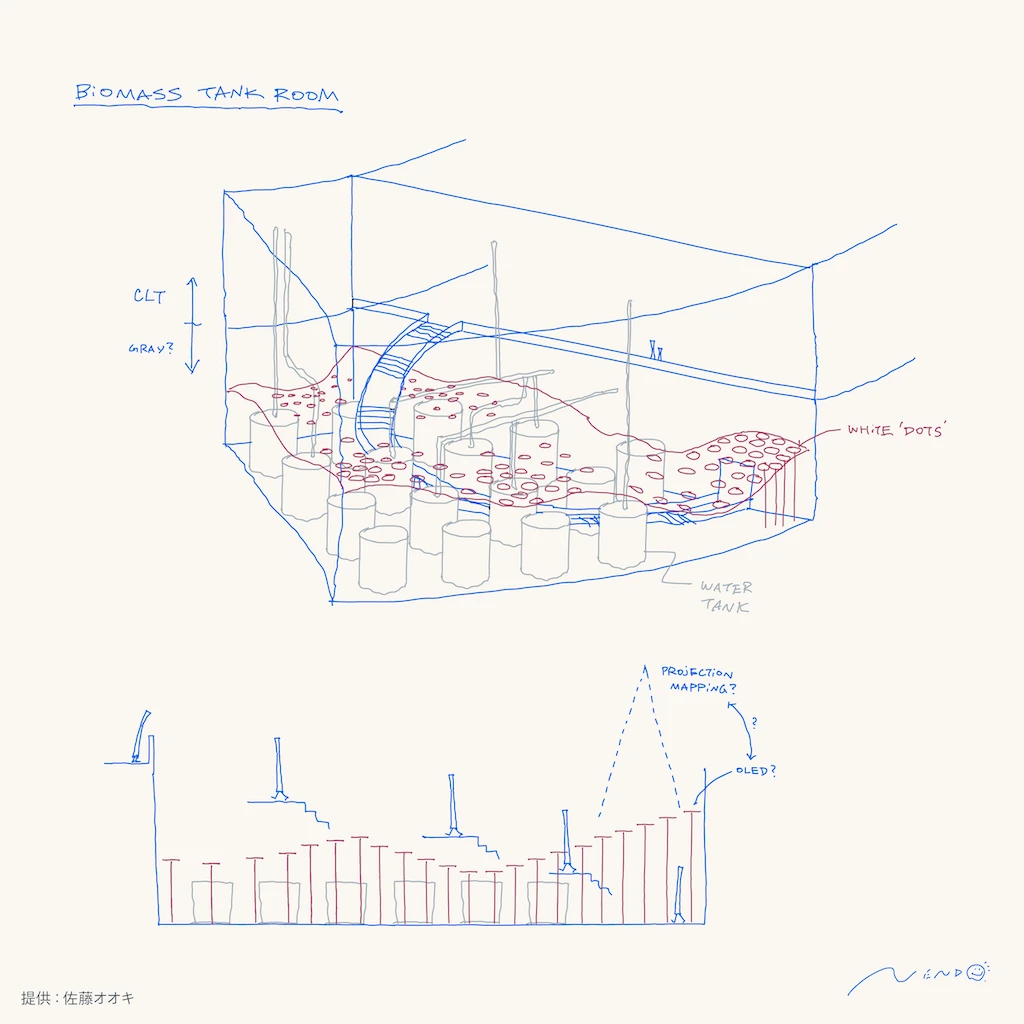
What Defines Japanese Aesthetics?
At first glance, the Japan Pavilion captivates visitors with its striking arrangement of wooden panels that stand neatly in a circular formation. These panels are intentionally spaced, creating a sense of openness that blurs the boundary between the pavilion’s exterior and interior — subtly evoking the theme of “Between Lives”. This design naturally leads to a deeper conversation about the underlying concept of Japanese aesthetics.
Could you tell us about the concept of Japanese aesthetics reflected in the Japan Pavilion? How has this been incorporated into the exhibits?

Sato
As I mentioned earlier, the concept of circulation is deeply rooted in our relationship with nature. While Western perspectives often emphasize “confronting” nature, Japanese aesthetics are characterized by a stance of “coexisting” with it. I believe that a key aspect of Japanese aesthetics lies in the awareness that we are part of a larger cycle — an understanding that our existence is intricately woven into this broader flow of life and time. This mindset is particularly evident in the way Japanese culture embraces small things and fleeting moments. There’s a unique sensitivity to the beauty found in what is delicate, impermanent, and quietly unassuming — qualities that reflect this deeper connection to the cycles of nature.
What exactly do you mean by “small things” and “fleeting moments”? Could you provide some examples?

Sato
The Japanese have long found beauty in the changing seasons and nature’s fleeting moments. There’s a deep appreciation for the ephemeral — the transient beauty that exists only for a brief time. For example, the falling petals of cherry blossoms, fireworks that briefly illuminate the night sky, or the quiet flicker of a sparkler fading into darkness — these fleeting moments are cherished precisely because they are short-lived. This sense of treasuring the moment, finding beauty in what is delicate and impermanent, is a distinctive aspect of Japanese aesthetics.
Another characteristic of Japanese sensibility is the awareness of invisible yet essential presences. At the Japan Pavilion, we highlight microorganisms — tiny, unseen beings that have quietly supported human life throughout history. These include bacteria that break down food waste to generate fuel, kōji mold essential for making miso and soy sauce, and microalgae, which are gaining attention as a promising resource for the future. Through exhibits that showcase the activities of these “small things”, we hope visitors will recognize and appreciate the overlooked yet vital contributions these unseen forces make to our lives.

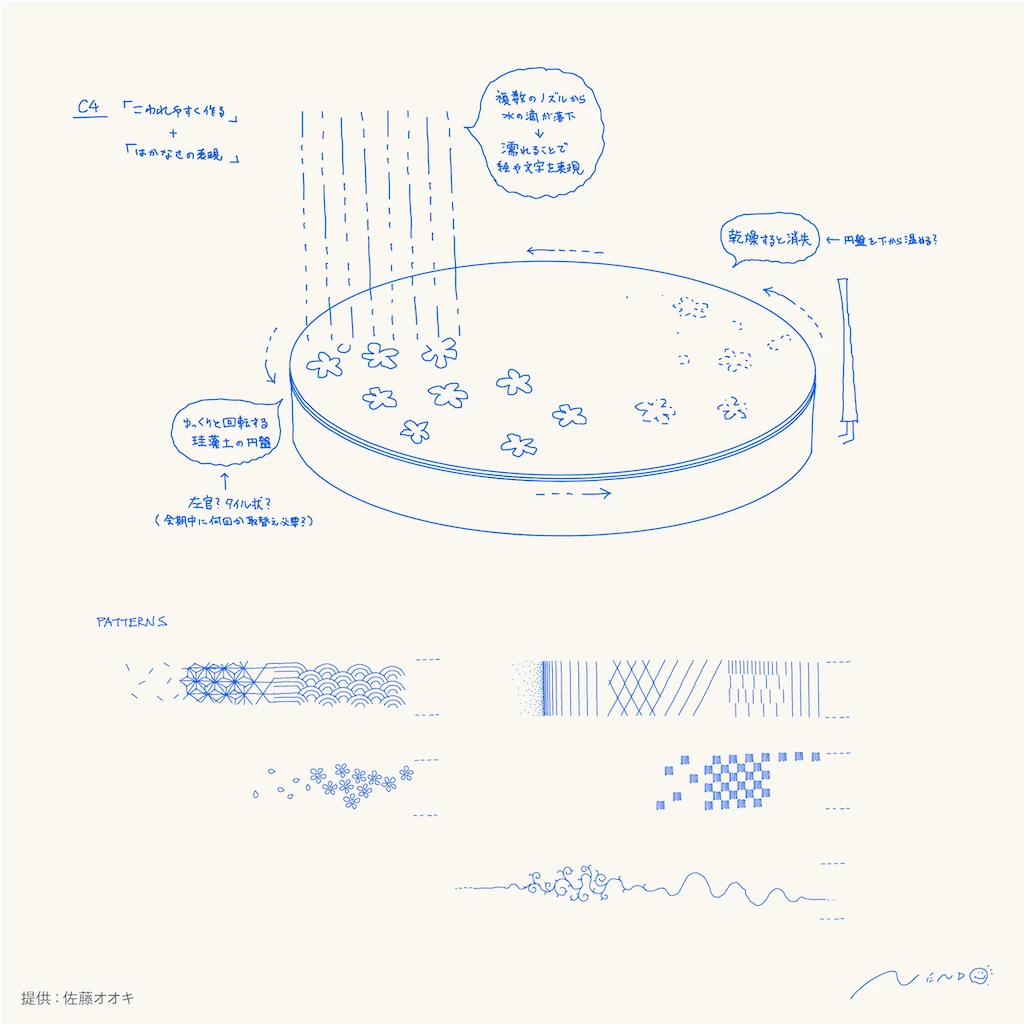
When expressing the sense of “JUNKAN”, which is said to be central to Japanese aesthetics, what particular elements did you focus on in designing the Japan Pavilion’s spatial experience?

Sato
The circular structure itself — with no clear beginning or end — is a direct expression of nature’s cyclical flow. Upon entering any of the three entrances, visitors will encounter an exhibition space inspired by an hourglass, designed with identical elements in each. This repetitive yet subtly evolving experience creates a sense of looping — as if things are continuously transforming and being reborn. This design acts as a key mechanism for evoking the concept of “JUNKAN.” Another unique feature is that the sequence of exhibits changes depending on which entrance visitors choose. This slight shift in perspective allows each visitor to experience a different narrative or viewpoint. We also hope that these varied personal experiences will spark conversations among visitors, enriching their understanding of the interconnectedness that lies at the heart of “JUNKAN.”
A Space Designed to Be Felt, Not Just Understood
How will visitors experience the meticulously designed exhibits at the Japan Pavilion? As the host country’s pavilion, this project presents a bold challenge — blending architecture and exhibition in an unprecedented way. To conclude, we asked about the unexpected beauty that emerged through this process, as well as tips for enjoying the Japan Pavilion.
The Japan Pavilion’s architecture is undoubtedly on a scale unlike anything you’ve worked on before. Why did you choose to adopt the challenging approach of “designing the interior while simultaneously defining the outer structure”?

Sato
I was committed to keeping the “exhibition experience” at the heart of the design process. My goal was to start from the question: “What will visitors feel, and how?” From there, I envisioned a space where exhibits, language, sound, interior design, and architectural elements would seamlessly blend together and expand as one cohesive experience. In pursuing this deep integration of hardware and software — as well as analog and digital elements — it became essential to develop all aspects simultaneously. Ultimately, the aim was not to create a space where visitors simply understand information, but rather one where they can feel the information — an immersive experience that resonates on an emotional level.
Could you tell us about the specific design elements or techniques you incorporated to help visitors feel the information rather than just understand it?

Sato
Instead of speaking loudly to grab attention, the Japan Pavilion intentionally adopts a more subtle, “whispering” approach — carefully layering delicate expressions throughout the space. I would be delighted if visitors take a moment to really listen and engage with these quiet details. At first glance, it may lack the flashy impact often associated with Expo pavilions. However, like dried squid that reveals deeper flavors the more you chew, the Japan Pavilion is designed to reveal new insights and discoveries the longer you explore it. This sense of depth and layered complexity is what we aimed to create — a space that continues to offer fresh perspectives with each visit.
Could you share the thoughts and intentions behind the visual system designed for the Japan Pavilion as a whole?

Sato
The visual system, too, was designed to be something that feels organic and ever-changing, rather than bold or iconic. Yoshiaki Irobe from the Nippon Design Center created a system that resembles a living organism — constantly shifting and transforming. By allowing these graphic elements to appear throughout the pavilion in fluid, evolving forms, I believe they effectively enhance and emphasize the Japan Pavilion’s central theme.
Through your work on the Japan Pavilion project, have you discovered any new insights about the concept of “beauty”?

Sato
One of the most surprising and memorable moments for me was the way the water basin at the center of the Japan Pavilion took on an unexpected presence — something I hadn’t fully anticipated. This space was intentionally left empty, rather than featuring a specific object or display. This decision stemmed from the idea that the center should not hold a defined meaning, but instead allow the circular flow of “JUNKAN” to take precedence. When the space was finally completed, I was struck by an unexpected sense of beauty — a quiet yet profound feeling that seemed to encompass the entire Japan Pavilion. Despite being “empty,” it felt as though everything was there. The stillness of the space invited a range of emotions to emerge, revealing a unique and mysterious kind of beauty that continues to resonate with me.
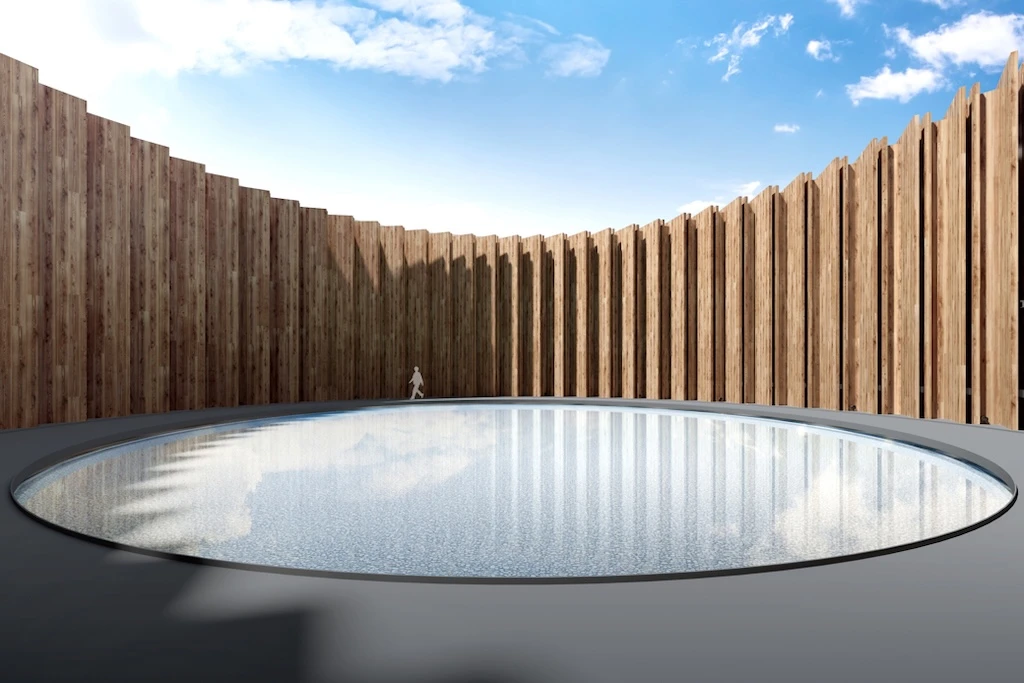
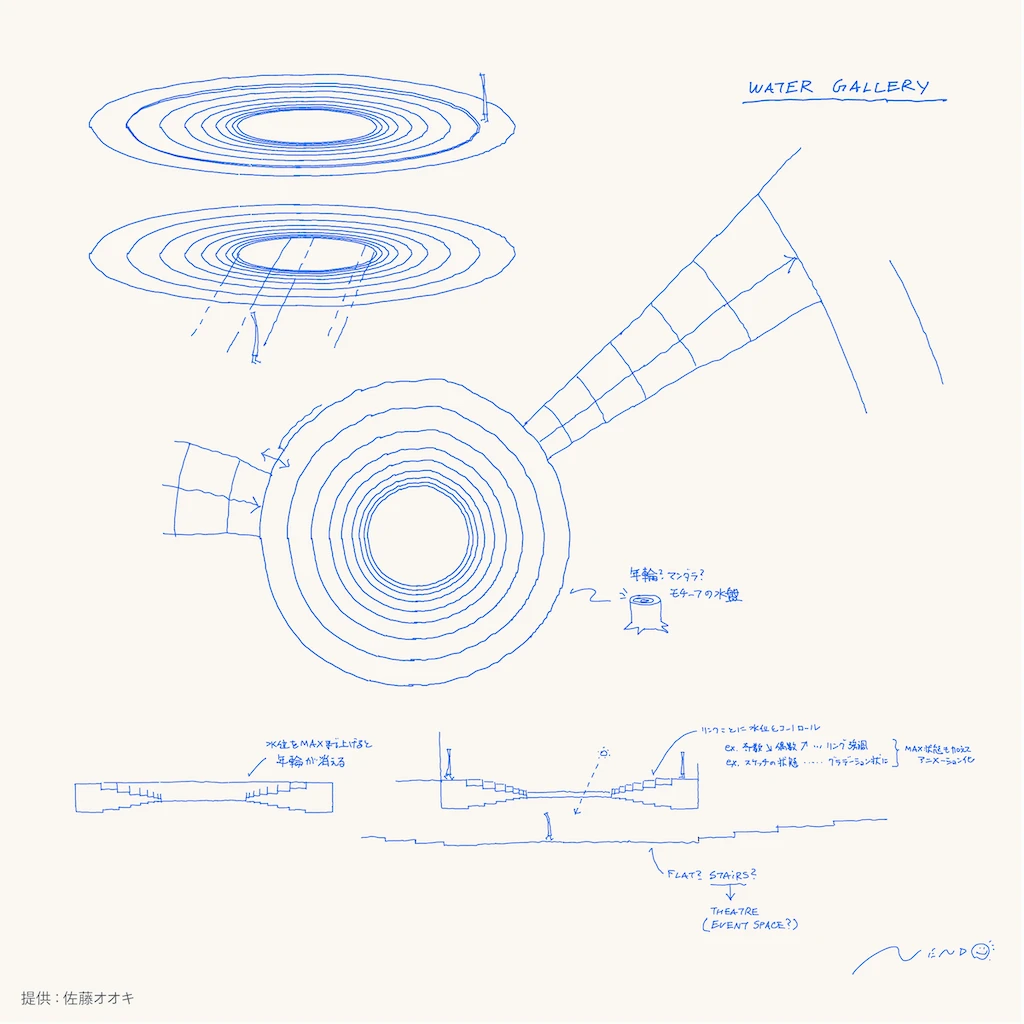
Finally, could you share some tips for fully enjoying the Japan Pavilion?

Sato
The Japan Pavilion is designed with numerous small, layered elements that create subtle connections throughout the space. You may encounter the same elements reappearing in different forms or spaces, or notice repeated motifs. Even the background music contains elements of “connection” and “JUNKAN.”
While the theme of the Japan Pavilion may initially seem grand, I encourage visitors to focus on the small details. By paying attention to these quiet whispers and subtle cues, I believe they’ll uncover new insights and discoveries that make the experience even more meaningful.
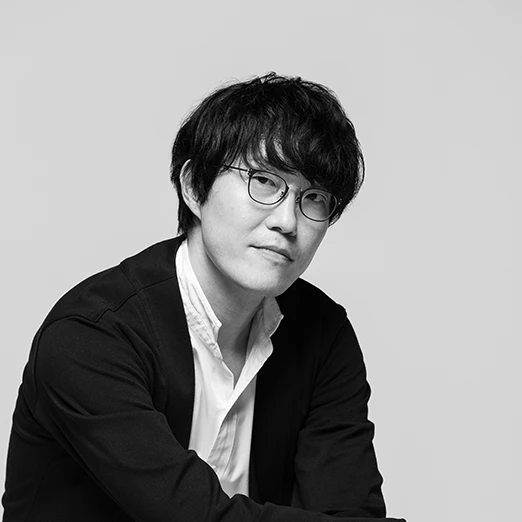
Born in 1977. In 2002, he founded the design office nendo. He has won numerous design awards both domestically and internationally, and his major works are housed in museums around the world. His clients span various industries both in Japan and abroad. Currently, he is working on the design of the new high-speed TGV trains in France.
HP: https://www.nendo.jp/
Photo credit: Allan Abani
Let’s Share!
Approaching the Opening! Oki Sato Talks About the Japan Pavilion. Share your Monthly JP pavilion and circulate your thoughts.
